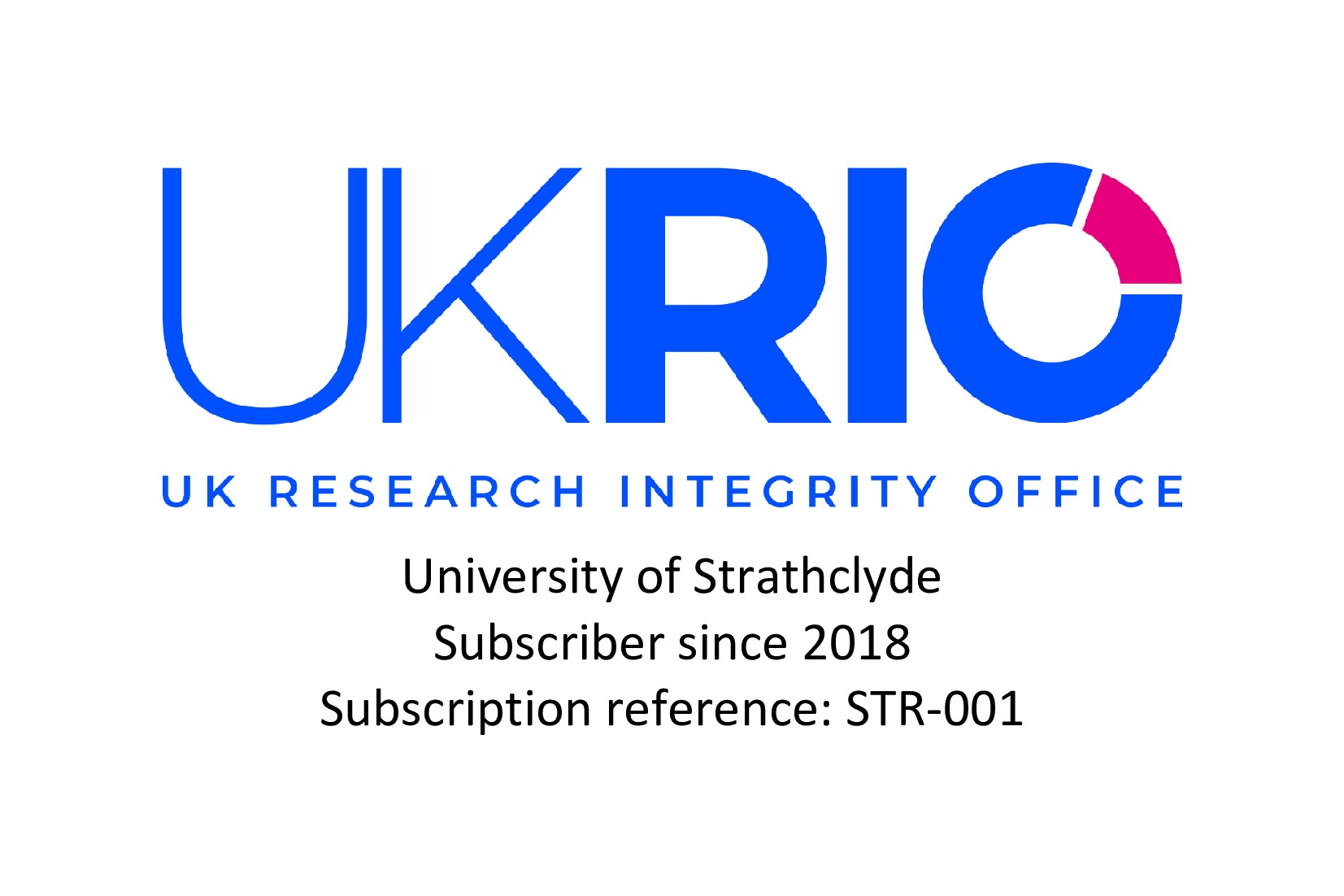Questions around publication and authorship are common, and this part of our research integrity pages provides you with links to understand more about common practice and expectations. Authorship is also dealt with in our Research Integrity online training course for PGR students and our online training course for staff, which can be followed at any time.
Good practice guidelines aimed at both authors and journal editors have been developed and are useful for researchers wanting to understand what current good practice is. In particular, the Committee for Publication Ethics (COPE) is an internationally recognised group with most leading research publishers amongst their members. While much of their work aims at developing guidance for journal editors, this material is very useful for researchers trying to understand what good practice is, and what potential pitfalls exist.
Ideally, authorship is discussed and agreed at the start of writing an article, or indeed while planning research within the research team. Things may change of course as the research develops, but an open and transparent discussion will minimise the chance of misunderstandings.
Who should be an author?
The International Committee of Medical Journal Editors has developed guidance on authorship for its own journals, which is widely cited beyond medical research including by COPE. These are the guidelines adopted by Strathclyde and used in the Research Code of Practice. These guidelines state:
“Authorship should be based on the following four criteria:
- Substantial contributions to the conception or design of the work; or the acquisition, analysis, or interpretation of data for the work; AND
- Drafting the work or revising it critically for important intellectual content; AND
- Final approval of the version to be published; AND
- Agreement to be accountable for all aspects of the work in ensuring that questions related to the accuracy or integrity of any part of the work are appropriately investigated and resolved.”
Each author should meet all four criteria for authorship, and all who meet the four criteria should be identified as authors.
Other guidelines have been produced for different disciplines, though they will have many similar features. A COPE discussion document on what constitutes authorship reviews practice in a number of different fields. Individual journals and conferences will increasingly refer to standards and expectations that they have around authorship, and indeed this is recommended by COPE.
A supervisor does not have the automatic right to be co-author of a paper of a doctoral student. However, as noted by Monash University, the 'supervisor is likely to have participated in conceiving, executing or interpreting some or all of the work. Under these circumstances your supervisor may become a co-author.'
Honorary authorship, which is authorship given to an individual despite a lack of substantial contributions to a research project, including gift, guest and coercive authorship, is unacceptable and considered a form of research misconduct.
Strathclyde expects that researchers will follow good practice, accepting that the details may vary slightly from one discipline to another, and in particular will follow the authorship guidelines provided by the journals or conference proceedings in which an article is published.
What are the responsibilities of an author?
While all four criteria are important, it is especially worth noting the final point: all authors are accountable for the accuracy and integrity of the work in terms of resolving any issues that arise. In addition to being accountable for the parts of the work they have done, an author should be able to identify which co-authors are responsible for specific other parts of the work. To support this, researchers may wish to refer to the Contributor Role Taxonomy (CRediT), which sets out 14 contributor roles. Indeed, some research publishers are moving towards this approach in which the emphasis is on contribution. This provides a greater degree of flexibility for recognising the different types of contributions that may have been essential in carrying out the research, and therefore also supporting greater transparency around responsibility.
| Term | Definition |
|---|---|
| Conceptualisation | Ideas; formulation or evolution of overarching research goals and aims |
| Methodology | Development or design of methodology; creation of models |
| Software | Programming, software development; designing computer programmes; implementation of the computer code and supporting algorithms; testing of existing code components |
| Validation | Verification, whether as part of the activity or separate, of the overall replication/reproducibility of results/ experiments and other research outputs |
| Formal analysis | Application of statistical, mathematical, computational, or other formal techniques to analyse or synthesise study data |
| Investigation | Conducting a research and investigation process, specifically performing the experiments, or data/evidence collection |
| Resources | Provision of study materials, reagents, materials, patients, laboratory samples, animals, instrumentation, computing resources, or other analysis tools |
| Supervision | Oversight and leadership responsibility for the research activity planning and execution, including mentorship external to the core team |
| Data curation | Management activities to annotate (produce metadata), scrub data and maintain research data (including software code, where it is necessary for interpreting the data itself) for initial use and later re-use |
| Writing – original draft | Preparation, creation and/or presentation of the published work, specifically writing the initial draft (including substantive translation) |
| Writing – review & editing | Preparation, creation and/or preparation of the published work by those from the original research group, specifically critical review, commentary or revision – including pre or post-publication stages |
| Visualisation | Preparation, creation and/or presentation of the published work, specifically visualisation/data presentation |
| Project administration | Management and coordination responsibility for the research activity planning and execution |
| Funding acquisition | Acquisition of the financial support for the project leading to this publication |
Authors should have confidence in the integrity of the contributions of their co-authors. Authors can find further guidance on how to identify potential authorship problems as provided by the Committee on Publication Ethics (COPE).
In what order should authors be listed?
As with all authorship practice, there are differences in convention between different disciplines. However, the first author is normally the author who has put in the most work, and often equal authorship is implied by listing the authors in alphabetical order. Seniority is not, on its own, a valid reason for being the first author. Journals and conferences may give guidance on authorship and may even ask that the authors sign that they have agreed to the order.
How can the contribution of collaborators be recognised?
The work of collaborators who do not meet the ICMJE guidelines on authorship - yet have delivered roles within the CRediT taxonomy - should be recognised via acknowledgements in the publication. The specific roles they delivered can be listed in the acknowledgement for transparency. The ICMJE recommends:
"Those whose contributions do not justify authorship may be acknowledged individually or together as a group under a single heading and their contributions should be specified. Because acknowledgment may imply endorsement by acknowledged individuals of a study’s data and conclusions, editors are advised to require that the corresponding author obtain written permission to be acknowledged from all acknowledged individuals."

